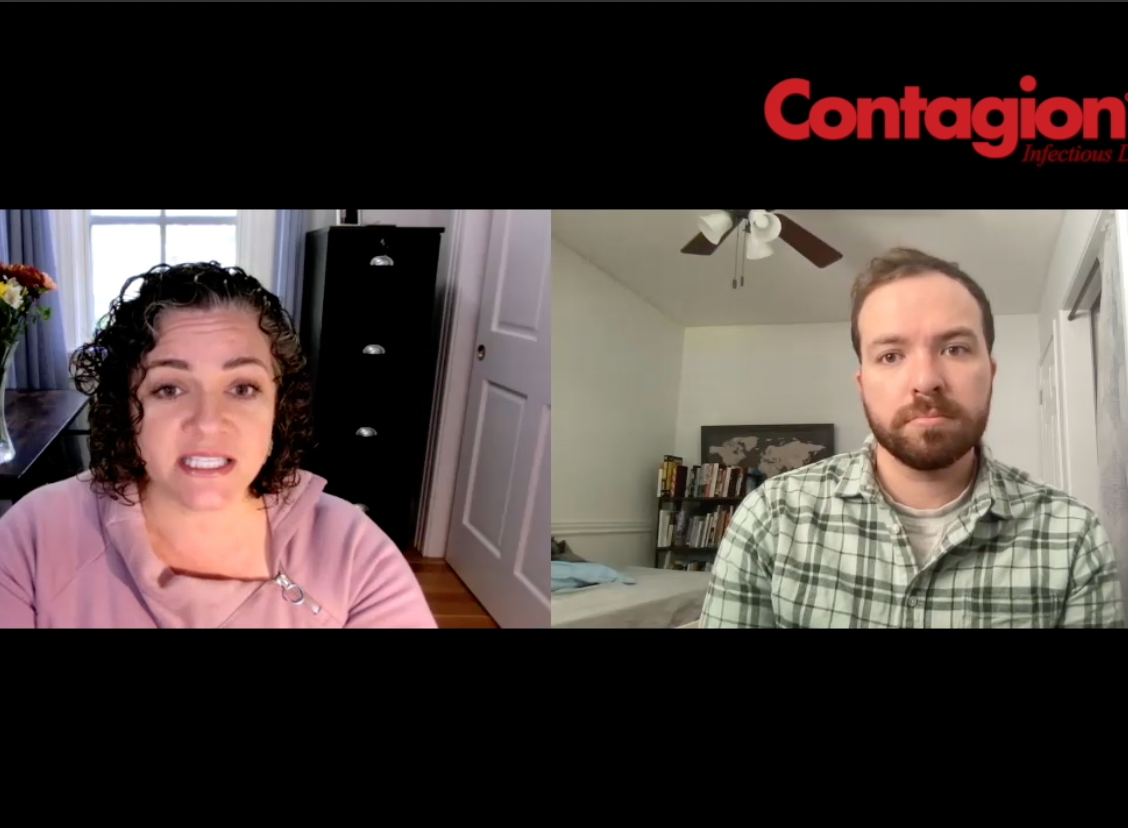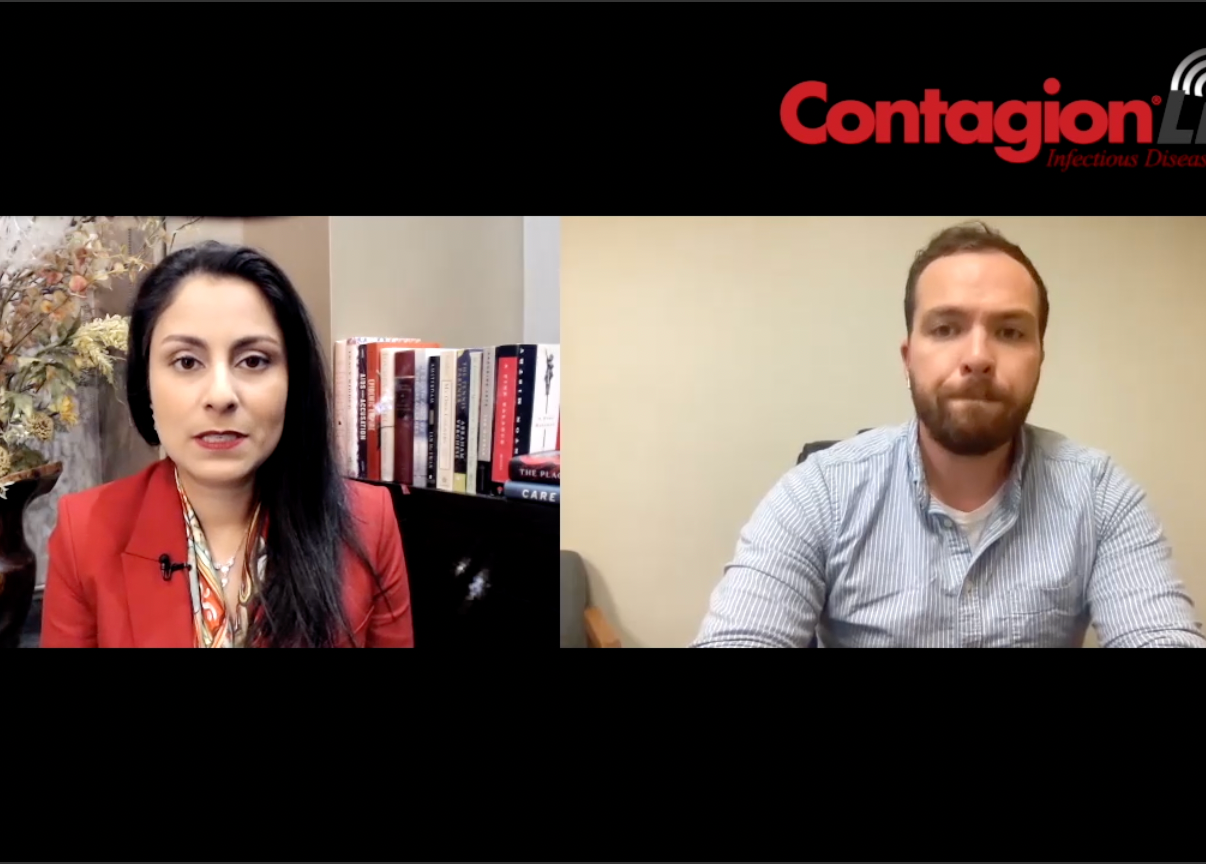Sepsis Resistance in Children May Provide Insights to Prevention Tactics
Researchers have uncovered key pathways that increase resiliency to sepsis in children.
Researchers from the University of Sheffield and Harvard T.H. Chan School of Public Health have identified key responses that make children resilient to infections and sepsis.
Results from the study, which sought to find out why pre-pubescent children have historically been able to fight off infections during outbreaks better than adults, were published in the journal Molecular Systems Biology.
“Children are naturally more resistant to lots of infectious diseases. During outbreaks like Spanish flu and Ebola we know that children survived much better than adults,” said study author Winston Hide, PhD, professor of computational biology at the University of Sheffield’s Institute of Translational Neuroscience, in a recent statement.
In a first-of-its-kind study, the researchers identified differences in cell-pathway activity in the blood of children and adults with sepsis. This is a powerful new way to discover drugs for intervention against sepsis and provides direct insight into potential cures for the disease.
Through the use of public datasets, the research teams identified key differences in pathway activity in blood transcriptome profiles of 167 adults and 95 children affected by sepsis. Furthermore, the researchers built an in silico pathway drug network to determine which drugs could promote beneficial pathways or inhibit harmful ones. The pathways for children or adults were assessed for correlation with drug-based signatures.
Using databases, the researchers searched for drugs that acted on pathways that were triggered in the blood profiles of children, in search of drugs that could increase survival rates. As a result, the researchers pinpointed 10 drug therapies with the potential to produce similar responses that could improve reaction to sepsis. The next step was to test the 10 drug candidates in mice infected with sepsis; they found that half of the drug candidates (5) were effective in improving survival rates.
The drugs that were found to be successful are diverse in the illnesses they treat. Chlorpromazine is used to treat mental illnesses including schizophrenia; amitriptyline is a tricyclic antidepressant; topotecan is a chemotherapy medicine used for the treatment of some ovarian and lung cancers, vinpocetine is a synthetic alkaloid that has been used to treat epilepsy; and Khellin is an herbal folk medicine that has been used to treat a number of illnesses including asthma.
“By using the lessons we have learned from the immune systems of children, scientists can now unlock how to control the disease and prevent it from occurring as opposed to trying to fight the disease once it has manifested itself,” Dr Hide explained.
Sepsis, or blood poisoning, affects 26 million individuals worldwide and claims 44,000 lives in the United Kingdom (UK) each year. The infection is responsible for more deaths in the UK than bowel, breast, and prostate cancer combined. Additionally, it is often referred to as “the hidden killer” because initial symptoms typically present as flu, gastroenteritis, or a chest infection.
The information regarding gene pathways used to fight off infection will be utilized to design drugs for research into prevention of other pathological diseases, including Alzheimer’s.




















